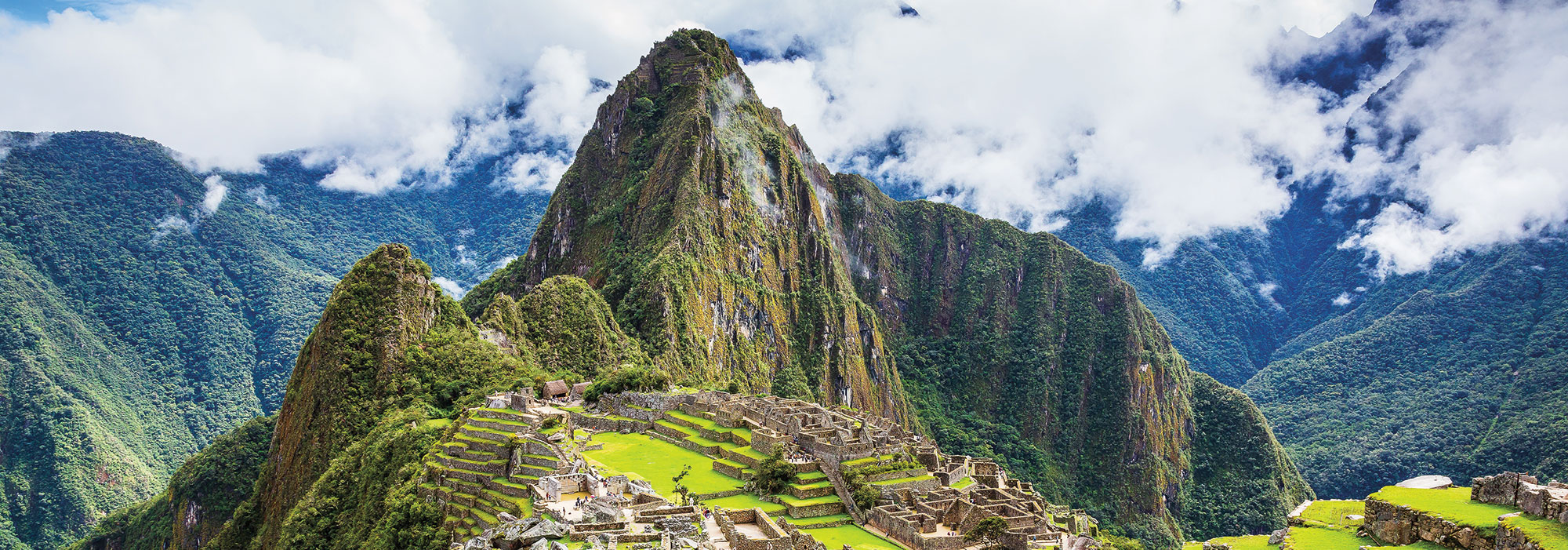
Researchers have learned that the earliest known fortresses in the world were built by Neolithic hunter-gatherers around 6000 B.C. in the taiga of western Siberia. Archaeologists have long been aware that Indigenous people in the region lived in fortified settlements defended by palisades, banks, and ditches, but believed such sites dated to no earlier than the early Iron Age, around 1000 B.C. They were puzzled, then, when radiocarbon dates obtained in the 1980s at one such site suggested a fortification there had been constructed millennia before, in the Neolithic period. The researchers wondered, were hunter-gatherers of the era sophisticated enough to build such elaborate defense works? “They doubted the accuracy of the dating,” says archaeologist Ekaterina Dubovtseva of the Institute of History and Archaeology of the Russian Academy of Sciences. A team led by Dubovtseva and Free University of Berlin archaeologist Henny Piezonka has conducted new radiocarbon dating of 20 fortified taiga settlements and confirmed that the earliest defensive sites were indeed built by Neolithic hunter-gatherers some 8,000 years ago, making them the earliest scientifically dated examples of such fortresses in the world.
Dubovtseva notes that during the Neolithic period, the number of people living in the taiga zone increased dramatically due to newly mild climatic conditions. “The environment of western Siberia now seems to us rather harsh and unfriendly,” she says, “but for hunter-gatherers and fishers it was a real paradise.” A population boom could have led to tensions that caused Neolithic people to enclose and fortify their winter villages. Dubovtseva says that medieval and early modern written accounts and oral history indicate that the Indigenous people of western Siberia lived in fortresses because they could be attacked by their neighbors at any moment. “Perhaps,” she says, “these early Neolithic settlements reflect the origins of such behavior.”














